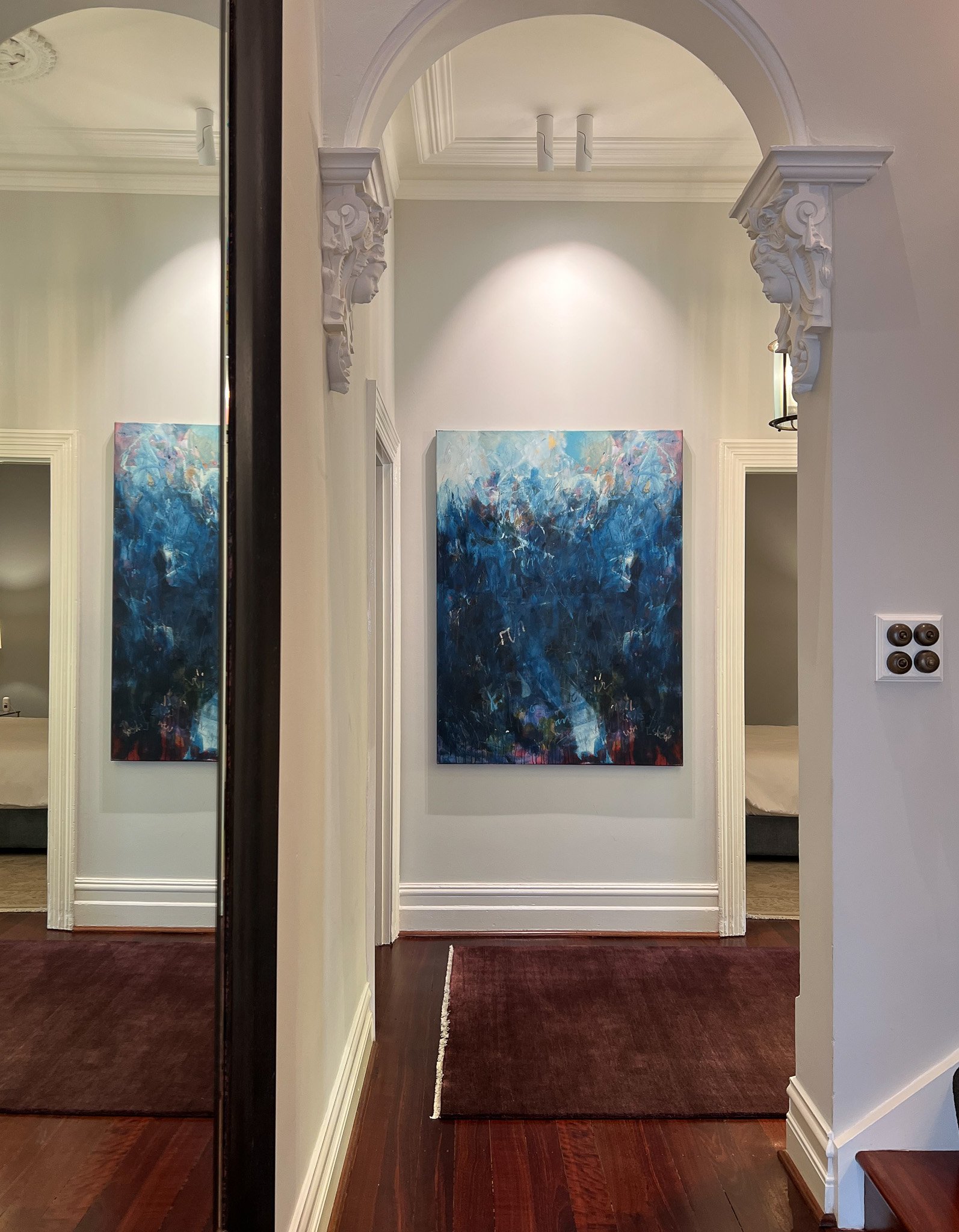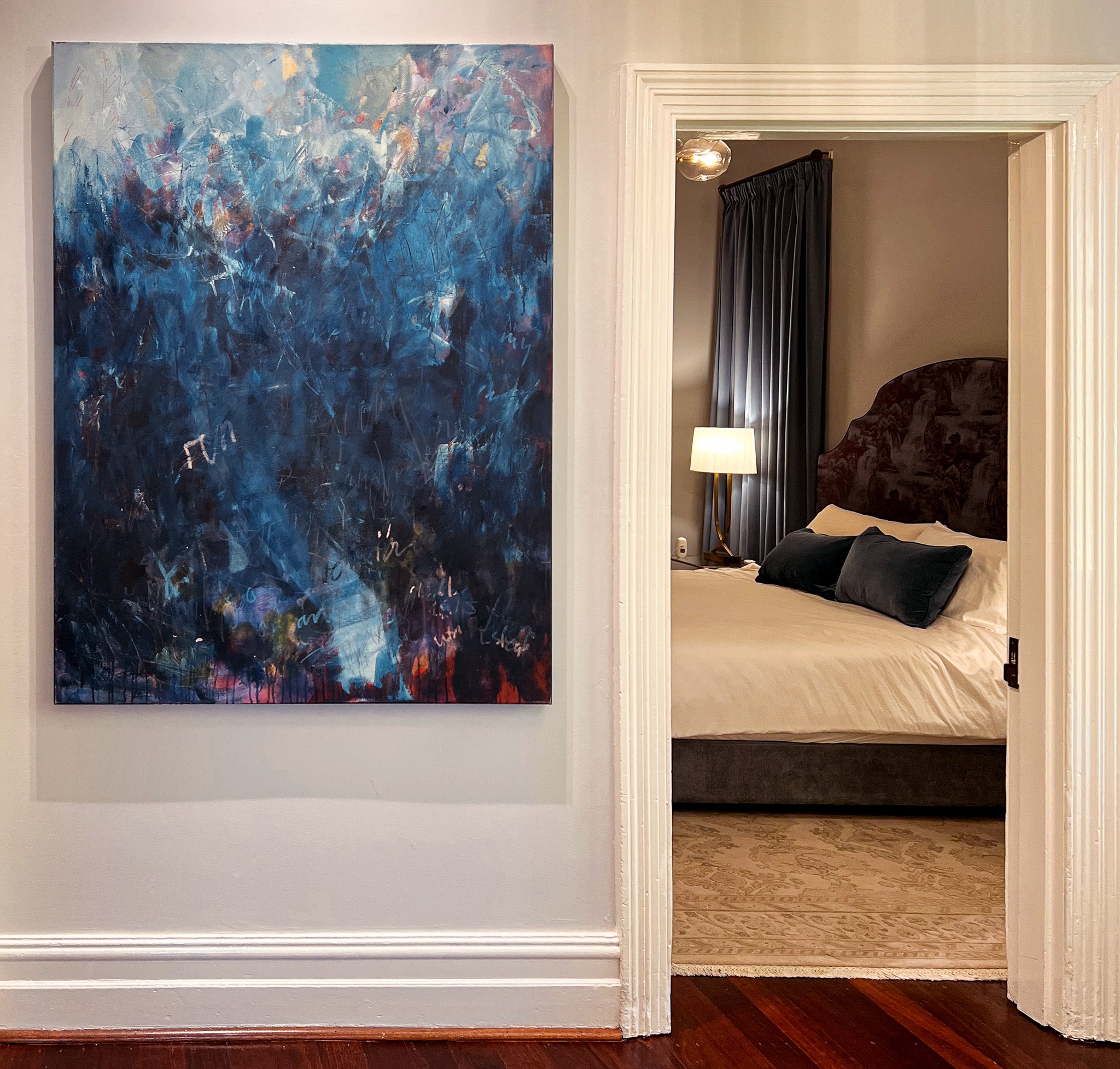The Difference Between Art Advisors and Art Consultants
There are many roles and responsibilities in the art industry. Many of them, especially if you are new or unfamiliar with this industry, can sometimes be confusing. Two such roles are those of an art advisor and an art consultant. While they may seem similar, they each have distinct functions and areas of expertise.
The Role of an Art Advisor
An art advisor is a professional who advises private individuals looking to build and manage their art collections. They often emphasise personal tastes, investment goals, and specialisation in specific art periods or genres. Art advisors perform extensive research, attend auctions, and negotiate on their client's behalf.
Art advisors are typically connoisseurs with expertise in art and often have a professional background that includes work in a gallery or a museum. They help clients navigate the complex maze of the art world, offering personalised guidance and expertise to individuals or institutions seeking to build and manage art collections.
“Be faithful to your own taste, because nothing you really like is ever out of style.”
The Role of an Art Consultant
An art consultant, however, deals primarily in contemporary art, commissioning artists to produce work for the private or public sector. They specialise in curating and commissioning contemporary art for specific projects, focusing on immediate needs and objectives. Art consultants often offer turnkey services, including supervision of the final installation.
Art consultants work closely with collectors to navigate the complex art market, offering personalised guidance and expertise to individuals or institutions seeking to build and manage art collections.
The Key Differences
While both roles involve guiding clients through the art world, the critical difference lies in their focus areas. An art advisor focuses more on building and managing long-term art collections, often emphasising investment. They are typically involved in acquiring art pieces and provide advice based on their extensive knowledge of art history and the current art market.
An art consultant, however, is more project-focused. They work with clients to curate and commission contemporary art for specific projects, often within the private or public sector. Their role is more immediate and objective-oriented, and they usually oversee the entire process, from the selection of the artwork to the final installation.
In summary, art advisors and consultants play crucial roles in the art world. They each offer unique services and expertise, and their roles can often complement each other. Whether you're looking to build a long-term art collection or curate art for a specific project, understanding the difference between these two roles can help you make the right choice for your art needs.





